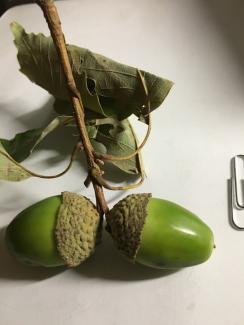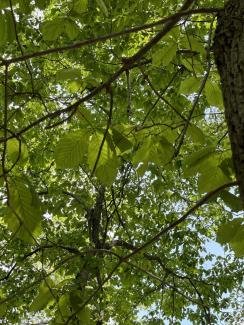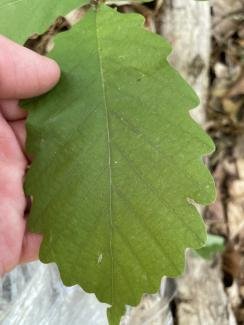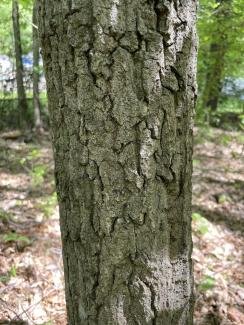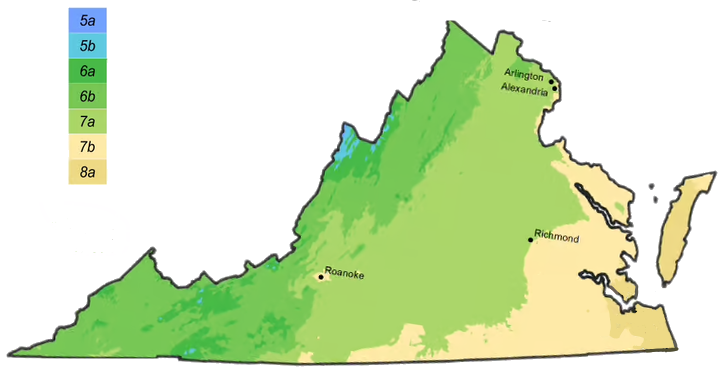
Habitat: Often found growing in poor, dry and rocky soils but does best in well-drained loams. Common in the mountains, piedmont, and inner coastal Plain north of the James River; infrequent to rare in the s. and outer coastal Plain.
Wildlife value: Oak trees support a wide variety of Lepidopteran (butterflies and moths). Acorns are important food source for songbirds, ruffed grouse, wild turkey, mice, deer, and other mammals. Plant NOVA Natives lists this species as particularly popular with the non-native honeybees
Notes: The mature bark is distinctive with tight ridges and is similar to the chestnut tree
Earth Sangha Inventory
Founded in 1997, the Earth Sangha is a nonprofit public charity based in the Washington, DC, region. The Wild Plant Nursery is the most comprehensive source of local-ecotype, native plants in the Washington DC region, and the region’s only facility dedicated exclusively to this type of propagation. “Local-ecotype” plants are propagated from local, wild, naturally-occurring populations and are well-adapted to local conditions and for wildlife species that depend on the local forms, such as pollinators. Inventory is updated on a weekly basis so number may not be accurate.
| Pots Available | Plugs Available | Location | Notes | ||
|---|---|---|---|---|---|
| 0 | 0 | Row 15 |
Reserved for conservation projects |
View My Wishlist |
